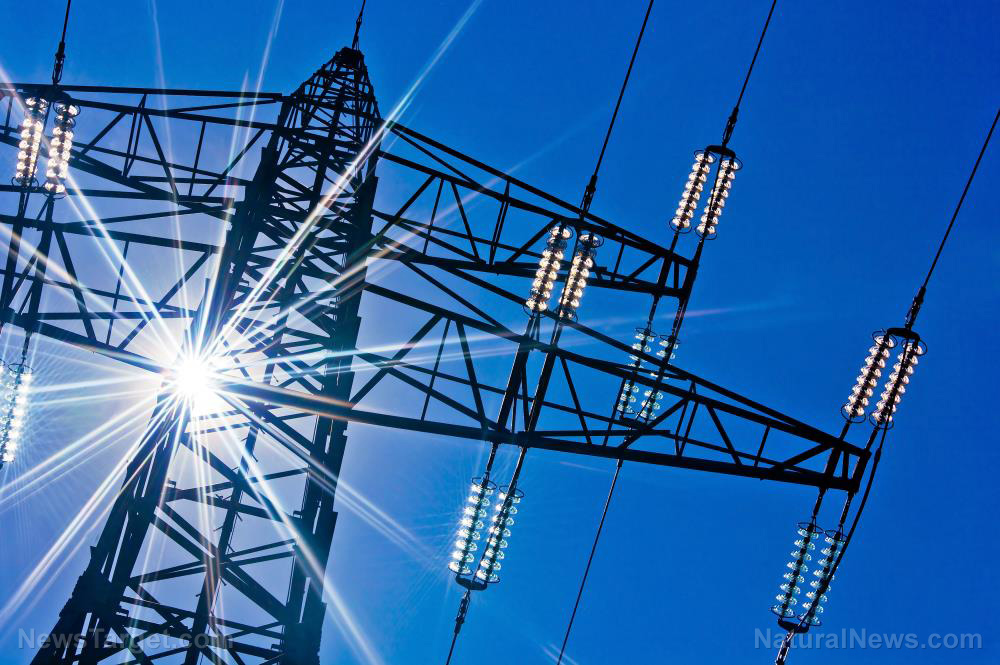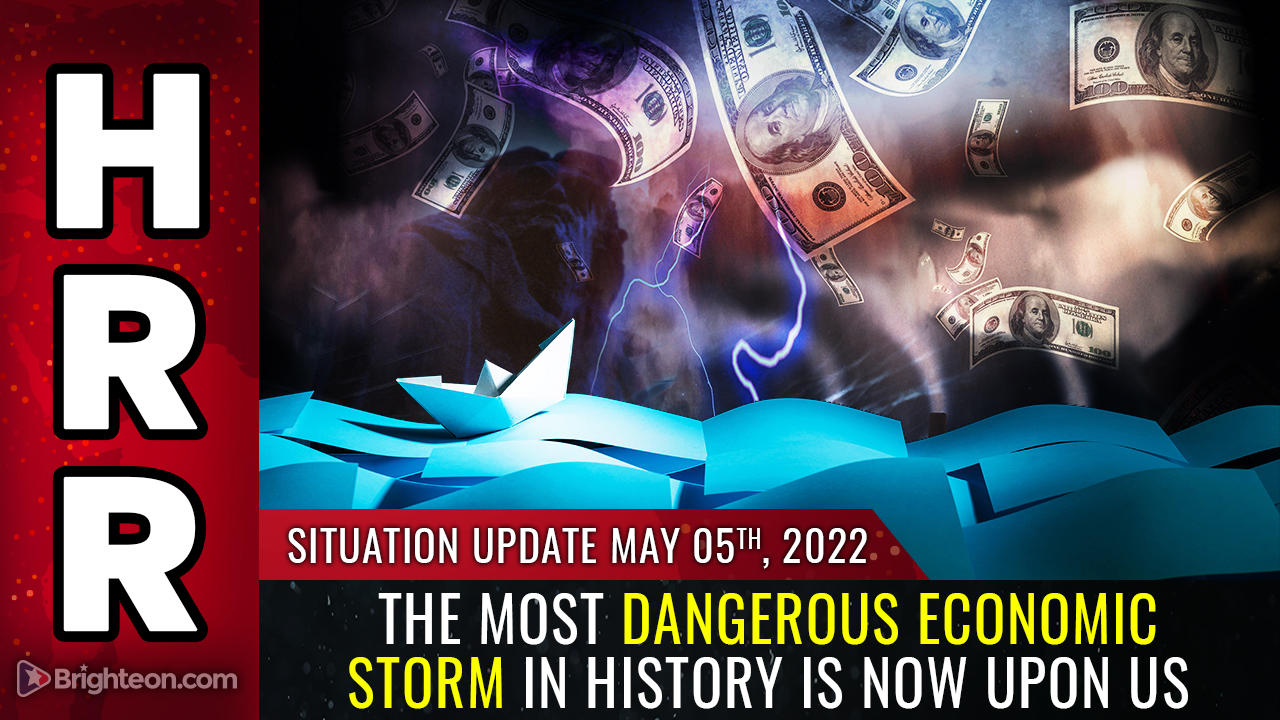Farming insider warns upcoming food shortages will be FAR WORSE than expected
01/26/2022 / By Mary Villareal

A farming insider recently shared that increased costs will make it impossible for many farmers to profit from planting corn this year. This is because the costs for fertilizer, liquid nitrogen and seeds are triple to quadruple the old prices.
The plan, according to the insider, would be to convert about 700 acres of corn to soybeans as the latter uses less fertilizer and allows farmers to use chicken manure for operations. However, plenty of farmers are thinking the same thing: There is already a shortage of soybean seeds, which means that there could be a major grain shortage later in the year. (Related: Farmers are reducing how much food they produce due to surging fertilizer prices.)
The insider further explained that while commodity prices are up, they won’t cover the increased input costs. Corn, for instance, typically takes about 600 pounds of fertilizer per acre, plus 50 gallons of liquid nitrogen. Multiply the amount by as many acres there are, and that takes a lot of money. Soybeans, on the other hand, take much less, which is why many farmers plan to drastically cut corn acres and switch to soybeans.
A corn shortage will come in the year, and while there are plenty of other alternatives, the corn market is much larger, as it includes animal feed and ethanol.
“What happens to the animal producers who depend on reasonably priced corn? I just don’t see how it can end well,” the insider said. “I just see it hurting both grain farmers and animal farmers, and also translating to more shortages and price increases for consumers who buy the end products.” (Related: THE WORLD GOES HUNGRY: Fertilizer prices projected to reach near-record high in 2022.)
Fertilizer prices going through the roof worldwide
Fertilizer prices are going through the roof not only in the United States but in other parts of the world as well. In South Africa, for instance, the same increase in prices can dramatically affect coffee production.
Christina Ribeiro de Valle, who comes from a long line of coffee growers in Brazil, is now paying three times what she paid for last year in fertilizer. Paired with the recent drought that hit her coffee crops hard, it means that de Valle will be able to produce only a fraction of her coffee, some of which are exported. For coffee drinkers, this will translate to more expensive coffee prices as well.
According to her, the coffee beans won’t develop as well as they should due to the lack of fertilizer, not just this year, but likely into 2023 as well: “It’s like a child that’s malnourished,” she said.
Fertilizer demand in sub-Saharan Africa could fall 30 percent in the coming year, according to the International Fertilizer Development Center. This could translate to 30 million metric tons less food produced, which is equivalent to the food needs of around 100 million people.
Josef Schmidhuber, deputy director of the United Nations Food and Agriculture Organization’s trade and markets division, said: “Lower fertilizer use will inevitably weigh on food production and quality, affecting food availability, rural incomes and the livelihoods of the poor.”
Many Americans assumed that even if the rest of the world would be suffering from food shortages, the country would be immune, but this is not the case. With widespread shortages all over the nation, residents in Washington D.C. are being instructed to “just buy what you need and leave some for others.”
Further, it is not only the U.S. food supply that is under threat. Historian Victor Davis Hansen noted that the country itself is now in the process of undergoing a “systems collapse.” This term describes the sudden inability of once-prosperous populations to continue with what they deemed as “the good life.”
This happened in ancient Rome, where the population cannot buy or find once plentiful necessities, leaving streets unsafe and laws unenforced.
As the pandemic continues into its third year, more households find the need to cut down on the quantity and quality of food they consume. Around 2.4 billion people lacked access to adequate food in 2020, up 320 million from 2019. Inflation also rose in about 80 percent of emerging market economies, with a third seeing double-digit food inflation, as per the World Bank.
More related stories:
Massive U.S. food shortage coming – get a backup supply ready RIGHT NOW.
World’s Soils in Sharp Decline; Global Food Shortage to Follow.
Watch the video below for more information about the global food shortage:
This video is from the ProScienceTruth channel on Brighteon.com.
Sources include:
Submit a correction >>
Tagged Under:
agriculture, Bubble, chaos, Collapse, farming, fertilizer, fertilizer costs, fertilizer shortage, food collapse, food insecurity, food scarcity, food shortage, food supply, grocery, harvest, Inflation, panic, products
This article may contain statements that reflect the opinion of the author
RECENT NEWS & ARTICLES
COPYRIGHT © 2017 CHAOS NEWS





















